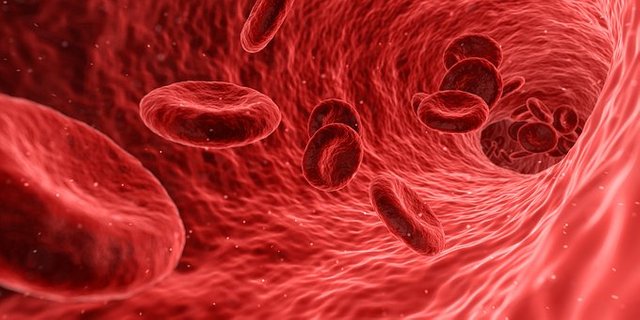Can I Exercise With a Clogged Artery?
If you have been diagnosed with clogged arteries, you might worry about your ability to endure physical activity. This is not a signal for you to become sedentary. Instead, it should be a wake-up call to make exercise a part of your everyday routine. Strenuous activities do carry some risk to your condition, however, so you always should defer to the advice of your physician.
IDENTIFICATION
Clogging of the arteries is known as atherosclerosis. Fat, cholesterol and other substances build up in your arteries, restricting blood flow. These build-ups occur naturally as you get older, but will happen more quickly if you smoke, eat a high-fat diet, are obese, drink heavily or have high blood pressure. You won't show any symptoms until your arteries are clogged enough to severely restrict or block blood flow. Doctors might have to perform a variety of tests to detect atherosclerosis, depending on where it occurs, including stress tests, CT scans and ultrasounds. If untreated, atherosclerosis can progress to serious problems such as heart attacks, strokes and organ damage.

source
CONSIDERATIONS
Exercise can alleviate atherosclerosis and prevent it from progressing further. Aim for 30 to 60 minutes of exercise daily most days of the week. If you're overweight, you should strive for as much as 90 minutes per day. It does not need to be strenuous exercise, nor does it have to be all in one sitting. Brisk walks, taking the stairs instead of the elevator at work or slipping in a few pushups during the commercial break of your favorite television program can all help add up to your daily quota.
BENEFITS
Regular exercise attacks clogged arteries along several fronts. It improves the circulation by prompting your body to produce more nitric oxide in your arteries. As you exercise, your body also produces more bone marrow, which helps you develop new blood vessels that can allow blood to bypass clogged areas and replace damaged cells in your arteries. Additionally, regular exercise helps lower other risk factors that can worsen atherosclerosis. It can help you lose weight, lower your blood pressure, lower your risk of diabetes and reduce stress levels.
WARNING
You should always consult your doctor when determining an exercising routine following a diagnosis of atherosclerosis. Your safe levels of physical activity will depend on how advanced your atherosclerosis is and how active you already are, and your doctor can help you keep within those levels. If it's progressed to severe angina, for example, even moderate activity can result in chest pain. Exercising too vigorously can complicate heart problems and in rare cases even cause instant death. If you experience chest pain, nausea or dizziness while exercising, always stop what you're doing immediately and seek medical attention if those symptoms do not subside.